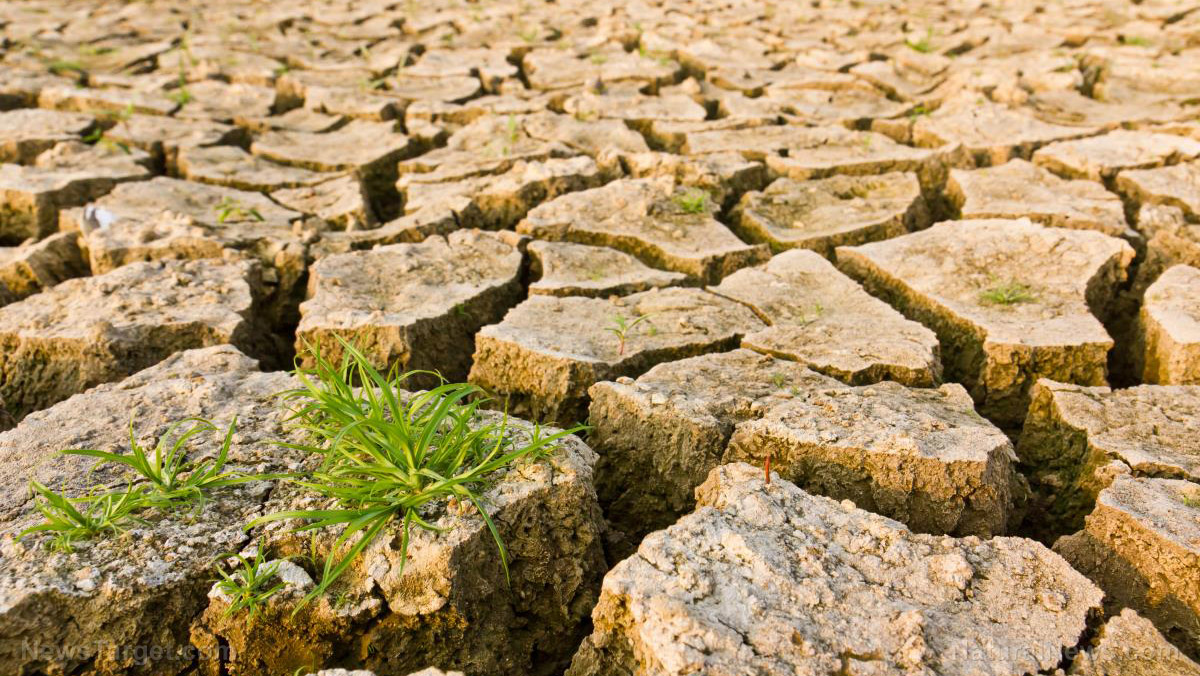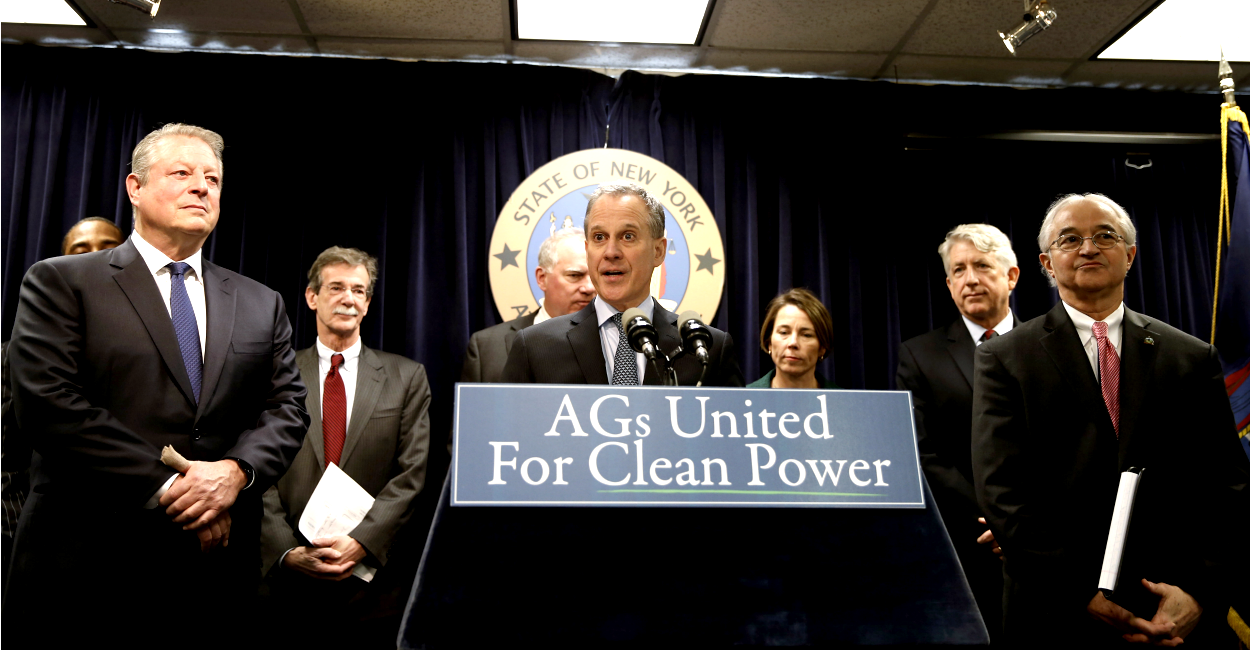Switzerland puts geoengineering on UN agenda
08/20/2021 / By Mary Villareal

Switzerland wants the United Nations’ environmental arm to take the lead on talks about how to use an untested technology that tampers with nature to slow down climate change. The technology involves geoengineering techniques that reflect the sun’s rays away and suck carbon from the atmosphere.
These techniques have long been talked about as last-resort solutions to stem the worst effects of climate change.
But with greenhouse gas emissions still high, there is growing concern that these technologies could be deployed without protections and that the prospect of a technofix will be taken as a license to keep on polluting the environment.
“There is a risk that geoengineering could be applied by someone without any international control, and we are very concerned about that,” said Franz Perrez, head of the international affairs division at Switzerland’s Federal Office for the Environment. “Some are already testing solar radiation management, scientific research is already going on. We cannot close our eyes anymore and say, ‘This is only science fiction.'”
According to Perrez, Switzerland wants the UN Environment Program (UNEP) to assess the state of the science, including the research gaps, risks, benefits and uncertainties, and how it could all be governed. Geoengineering refers to a wide range of techniques to modify the climate – from planting trees to fiddling with clouds.
There are various untested technologies to manage solar radiation or dim the sun. Some of them pose big concerns, especially those that include releasing aerosol particles from airplanes to reflect sunlight away to mimic the effects of volcanic eruptions and spraying seawater drops into clouds to make them more reflective. These technologies can also change weather patterns and disrupt agriculture, among other things.
Pick your poison: untested technologies or global warming
With government oversight, these experts think these technologies may be more preferable than global warming. (Related: Geoengineering could cause real global warming.)
“You would not take chemotherapy drugs just for fun, you would not sit in your car and set off your airbags just for fun,” said Douglas MacMartin, a geoengineering scientist. “There are clearly serious challenges to solar geoengineering, but they only make sense to face in context with the challenges of climate change itself.”
Other options include removing carbon dioxide from the air and a variety of other solutions, such as afforestation and combining biomass power plants with technology to catch and store their emissions (known as bioenergy with carbon capture and storage or BECCS). However, even simple interventions like tree-planting may call for international rules to make sure that the emissions cuts in one place don’t cancel out somewhere else.
According to the UN’s panel of climate scientists, it would be difficult to meet the Paris Agreement’s stretch limit of 1.5 degrees Celsius without deploying any of these techniques.
“The reality is that [carbon dioxide removal] is no longer a question of whether or not [according to the UN science report]. It’s which one, which technology, how much, when do you start, who pays for it,” said Janos Pasztor, executive director of the Carnegie Climate Geoengineering Governance Initiative and the former UN assistant secretary-general on climate change.
“But there has been very little debate [about solar radiation management] in the circles beyond scientists. It’s still looked at as esoteric, science fiction, crazy, difficult, challenging – and all of those things apply.”
Others still believe that geoengineering is dangerous and that it should be banned altogether.
“Geoengineering is an ineffective and irresponsible approach to the challenges posed by climate change. Its risks and potential impacts are global and extend far beyond the climate discussion. All of the proposed technologies carry large-scale risks for biodiversity, ecosystems, food security, human rights, health and democracy,” the ETC Group and Heinrich Böll Foundation said in a statement.
“It creates new threats to peace and security at the national, regional and global scales, both through the unintended but foreseeable exacerbation of underlying conflicts and through the potential for weaponization of geoengineering technologies.”
Pasztor said it’s hard to say that geoengineering will not be needed.
“The reality is that emissions reductions alone are no longer enough because we have already put so much carbon into the atmosphere that even if we stop today we’re still going to keep this climate change for hundreds of years,” he said.
Follow GeoEngineering.news for more news and information related to geoengineering.
Sources include:
Tagged Under: biodiversity, carbon dioxide, Climate, ecosystems, emissions reduction, geoengineering, Paris Agreement, switzerland, technofix, United Nations
RECENT NEWS & ARTICLES
COPYRIGHT © 2017 CLIMATE ALARMISM NEWS





















